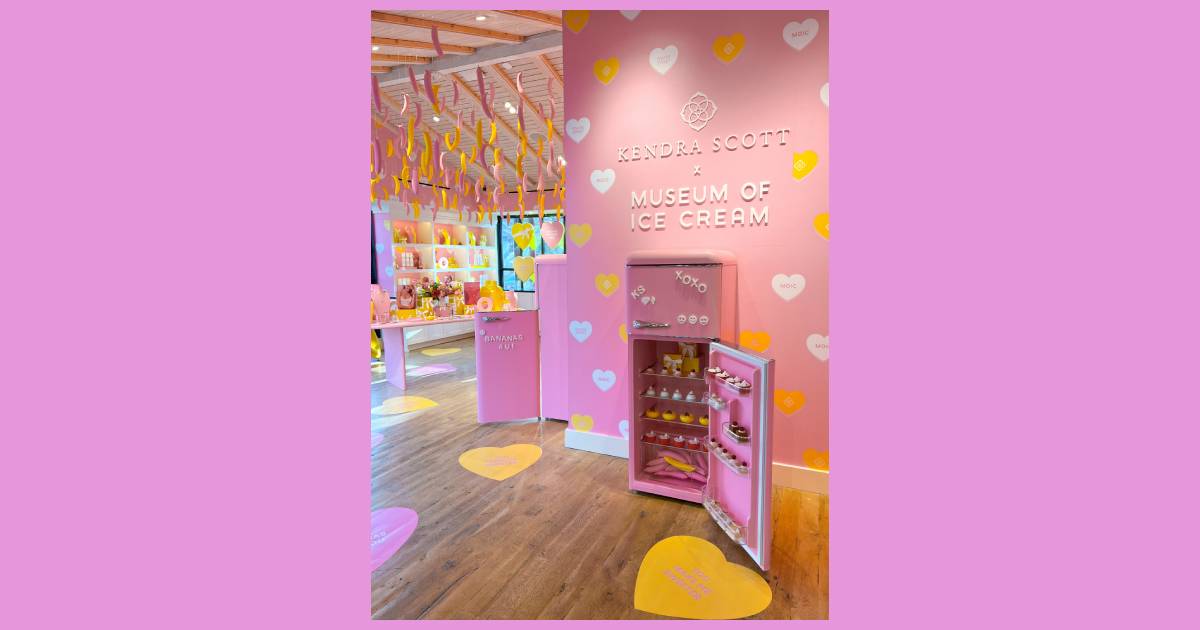Retail’s Experience Reinvention

An Executive Voices Blog by Lizzy Newsome, Toy Curator and Founder of Kappa Toys
Speakeasy bars with hidden entrances, themed restaurants featuring pastel conveyor belt sushi, and colorful museums that take “do it for the ‘gram” to a whole new level—in the new experience economy, you can do everything a little bit extra!
The “experience” has been steadily infecting various industries over the last 10 years and retail is one of its newest targets. In large part, the experience economy has attempted to create pivotal life moments out of everything from a visit to a museum to happy hour. And while it’s a perfect recipe for today’s social media-driven consumers, does it have a place in retail?
Brick-and-mortar retail has had a bumpy decade, with a steady attack from online retail, the sudden shutdowns of the pandemic, and ongoing supply chain and inventory issues. A sudden (not to mention costly) reinvention where every point of customer contact should be an experience may seem like another risk. Which leaves many retailers asking, is it necessary?
IKEA is an example of successful experiential retail at its most traditional. Even as other stores limit their footprints and reduce in-store inventory in favor of online shopping, IKEA continues to lure customers to a day of brick-and-mortar shopping complete with a Swedish Meatball lunch! Wander through the model rooms, sit on the starter couches, and get in a fight with your significant other about a theoretical kitchen remodel—just don’t try to get in and out in less than an hour.
For relatively inexpensive furniture, IKEA gives entry-level consumers a classic furniture shopping experience that has mostly disappeared in the modern world. The brand loyalty created is palpable and, even if they weren’t constantly innovating, anyone would have a hard time replacing the retail behemoth. IKEA has achieved what most experience retail aspires to—creating an iconic environment that customers associate with their brand.
And while not everyone has access to the same square footage IKEA boasts, many brand owners and licensees are looking to retail as a creative way to create a tactile connection with consumers and fans—encouraging licensed brands to play in the physical realm as never before.
For example, there are multiple Hello Kitty trucks circling the U.S., attracting lines of fans wherever they park. And even before the hype of the Barbie movie, the Barbie Truck tour was delivering merch direct to avid consumers. These mobile pop-ups don’t just generate sales, they create memories of a day out for their respective fandoms. Just search their hashtags on social media to see photos from cities all over the U.S. For newer brands, mobile retail can be a great way to test potential markets for future store locations.
This doesn’t mean experience retail is easy. Operations and customer service cannot be skipped in favor of self-checkout and augmented reality displays. Partnering with an experienced retailer or operator is key. A poorly planned pop-up with bad customer service will be the end of any customer acquisition and could lead to additional PR expenses.
Key players are still emerging, as the combination of experience and retail is still in its early stages. Many retail companies are still working on the experience part—Apple, Nordstorm, and Macy’s have all experimented with adding more magic to store visits. Market by Macy’s is an active experiment in more direct connections with customers. While the smaller footprint stores can’t replicate the old-school department store vibes, these more localized stores have the potential to reach new eyes with regular events and brand activations.
There are also companies that have mastered experiences and are now making serious moves into retail. Recent examples include Meowwolf, the Metropolitan Museum of Art, and the Museum of Ice Cream, which partnered with Kendra Scott on its “Sweet on You” jewelry range timed with Valentine’s Day. The immersive retail component of the campaign included a custom ice cream flavor, a love letter writing station, and plenty of sweet photo opportunities.
The Kendra Scott and Museum of Ice Cream partnership is a great example of how experiential retail can bring out the best in an IP. When brands play together, the result should—first and foremost—be fun. Give your customers a good time and they’ll be back often, with friends!
Kappa Toys is a design-minded toy store, with a wide selection of never-before-seen oddities combined with a carefully curated selection of nostalgic classics. Kids and adults can spend hours discovering the toys of yesterday interspersed with playthings from Japan and beyond. Since 2006, Kappa Toys has crafted an experience that resonates across generations, combining the significant toys from the past with the new icons coming from pop culture.




